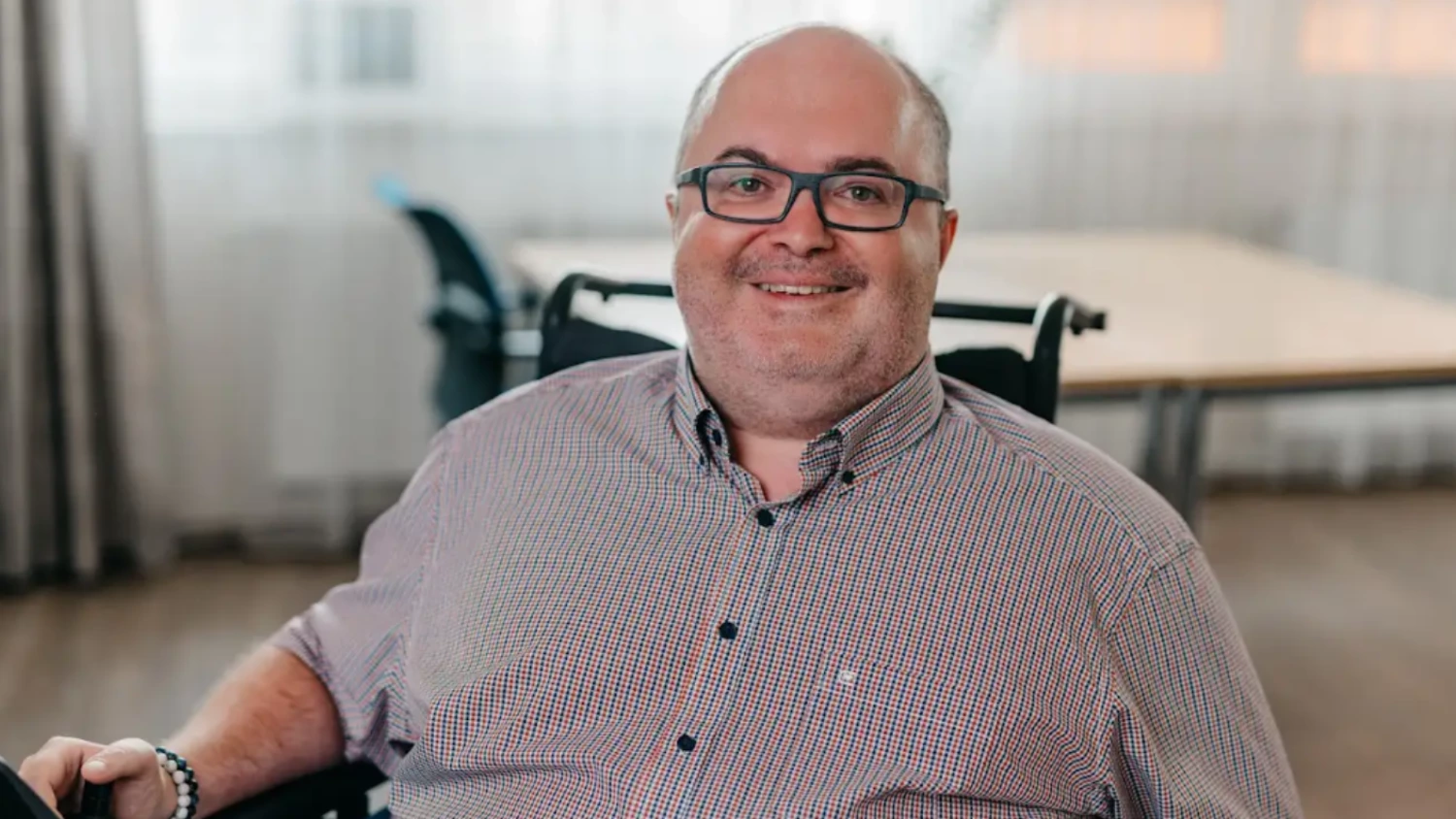How has the perception of accessibility in real estate shifted in recent years, from a regulatory requirement to a business opportunity?
This was essentially the result of a reciprocal process taking place in the market. Through the education efforts of international stakeholders focusing on accessibility, property owners, investors, tenants, and operators came to realise that this is not only a regulatory matter but also has tangible business benefits. As a result of the moral evolution of corporate thinking, influential players have integrated this activity into their core business, further educating the market and resulting in a competitive environment.

Balázs Berecz
Founder & CEO
Access4You International
What tangible value can accessibility add to a property in terms of rental yields, occupancy rates, or asset valuation? How do investors and asset managers respond when presented with data on a property's accessibility—does it influence decision-making?
Access4you operates a data-driven system that assesses, certifies, and qualifies the accessibility of the built environment in 16 real estate segments for 8+1 groups with accessibility needs. With this service, which primarily addresses the technical condition of the property, owners gain a clear understanding of exactly which stakeholder groups the property is accessible for, and how they can further improve it. The results of the assessment and the related development recommendations are delivered to our clients in the form of a report. Our Score Service converts the outcome into a specific number, which plays a key role in sustainability initiatives that demand data-based transparency. As part of our Communication Services, we prepare a highly detailed location profile and provide the obtained certificate and sticker that clients can display both physically and online within the property and on their website. The certificate is just as important a communication tool as it is a technical one, delivering value to multiple stakeholders at the same time. It provides an excellent opportunity for clients to demonstrate their commitment and values to visitors, tenants, owners, and investors alike, while also serving as a tangible sales support tool that facilitates the work of leasing managers.
How do you see accessibility influencing ESG scores and sustainability certifications like WELL or BREEAM?
I am pleased to share that we have been integrated into the WELL and GRESB building certification systems, both of which have recognised the importance of accessibility. Through this integration, they create value for their clients via our services and directly influence the market, contributing to better buildings and improved infrastructure. Discussions with the BREEAM and LEED systems are already underway, and we are confident that integration will also be achieved in the near future.
What are the most common accessibility gaps in existing commercial buildings, and how easily can they be addressed?
Our general international experience shows that accessibility efforts most often focus on mobility-related needs. As a result, for example, people using wheelchairs are typically able to use most of the buildings. At the same time, accessibility for people who are blind or partially sighted, deaf or hard of hearing, or people with cognitive impairments is almost entirely lacking. The average cost of achieving a higher certification level beyond mobility-related accessibility is approximately €10,000 per building, up on its complexity. In addition to mobility-related compliance, several other features are typically required: tactile signage for the blind (charged per linear metre), glass markings for the visually impaired (also per linear metre), and step markings. For the hard of hearing, an induction loop system (one-time device cost) is necessary, while for the deaf, an online sign language service (one-time device cost and annual service fee) is essential. Furthermore, a comprehensive signage and wayfinding system is crucial for individuals with cognitive impairments.
Looking ahead, do you expect accessibility to become a standard part of real estate due diligence and valuation, and what will drive that change?
We see that in the international real estate market, the valuation sector has also begun to recognise the significance of accessibility and its positive impact on the usability and value of buildings. We are in advanced discussions with a Dutch company where the need has already emerged for accessibility to be assessed with a concrete score. This is necessary for the financier to integrate it into the financing structure, thereby creating more valuable buildings and more favourable financing conditions.













